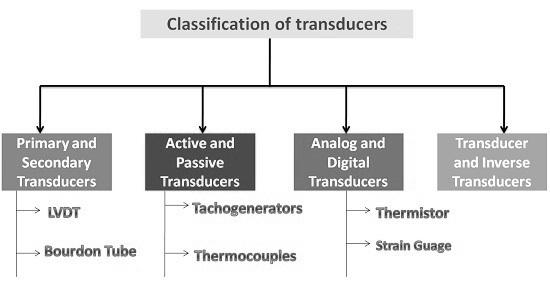Analog vs. Digital Transducers: Key Differences
Advertisement
This article explores the differences between analog and digital transducers, two fundamental types of devices used to convert physical quantities into measurable signals.
Analog Transducers
Definition
An analog transducer is a device that transforms an input physical quantity (like temperature, pressure, or displacement) into an analog output signal. This analog output is characterized by its continuous variation over time. Think of it as a smoothly changing signal that mirrors the fluctuations of the input.
Examples
Common examples of analog transducers include:
- LVDT (Linear Variable Differential Transformer): Used for measuring linear displacement.
- Strain Gauge: Measures strain or deformation in materials, often used in load cells and pressure sensors.
Digital Transducers
Definition
A digital transducer, on the other hand, converts an input physical quantity into a digital output signal. This digital signal is represented by a series of discrete pulses, typically coded in binary form. Rather than a smooth curve, the output is a sequence of “on” and “off” states.
Examples
A prime example of a digital transducer is:
- Shaft Encoders: Used to measure the rotational position or speed of a shaft.
Transducer Classification
Transducers can be categorized in various ways, as illustrated below:

As seen above, transducers can be classified as:
- Active and Passive: Based on whether they require external power for operation.
- Analog and Digital: As we’ve discussed, based on the nature of their output signal.
- Primary and Secondary: Depending on the sequence of signal conversion.
- Transducer and Inverse Transducer: Distinguishing between devices that convert non-electrical to electrical energy and vice versa.
Advertisement
 T&M
T&M 





